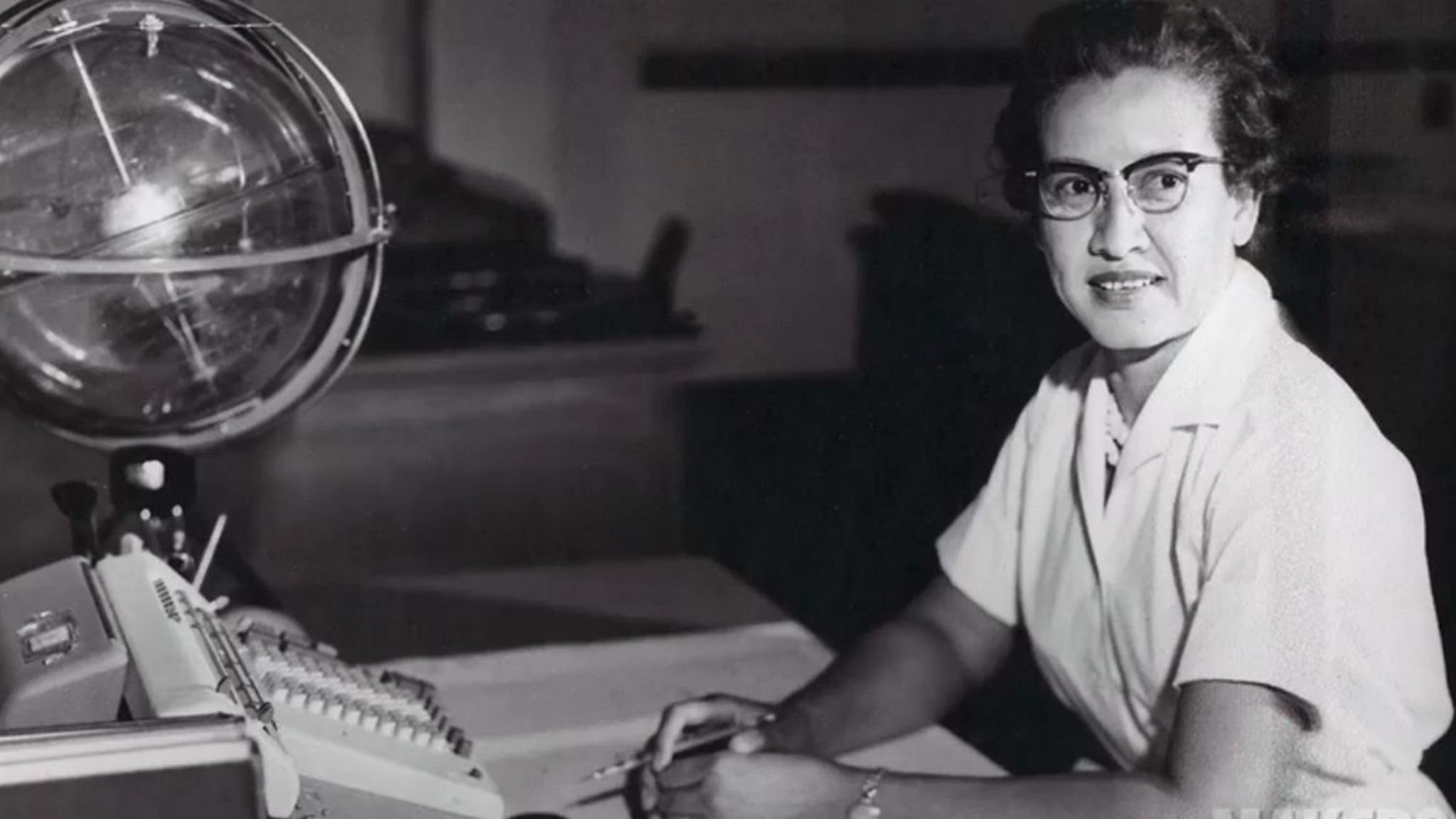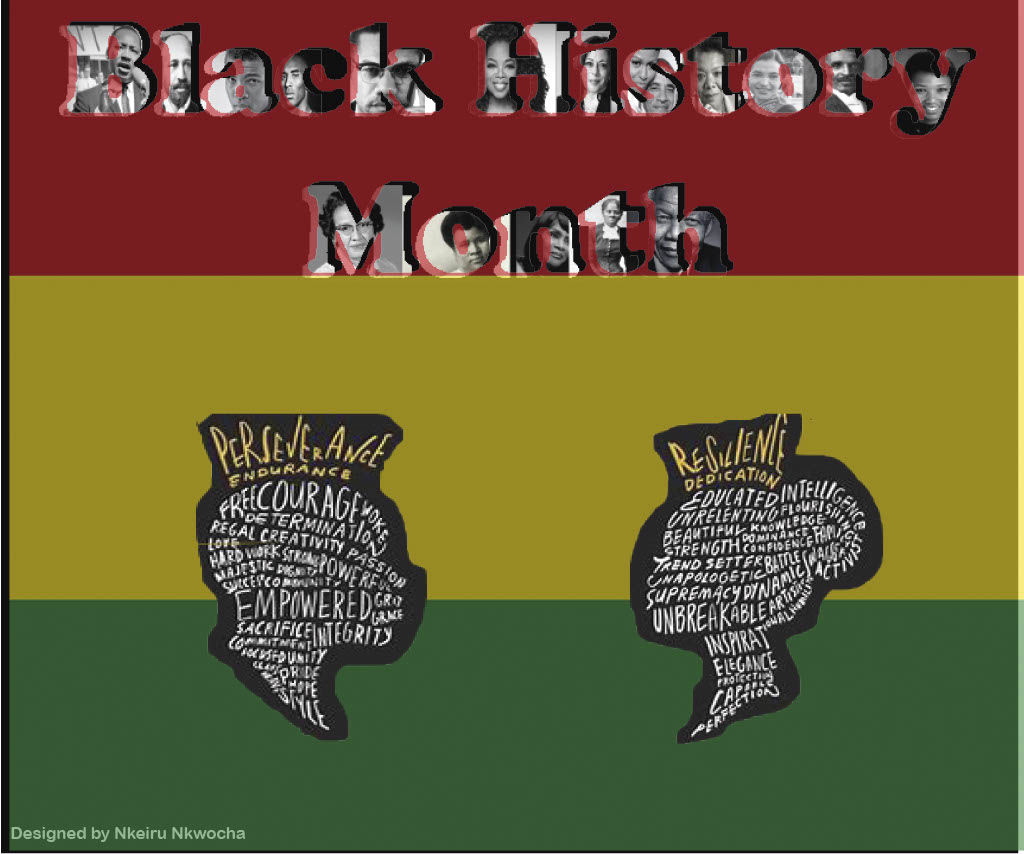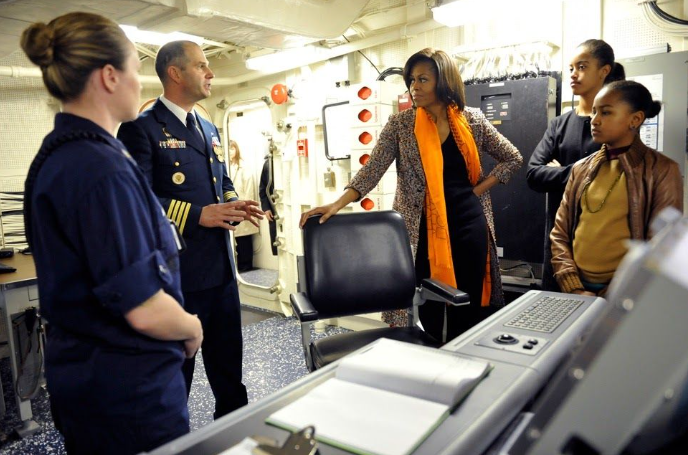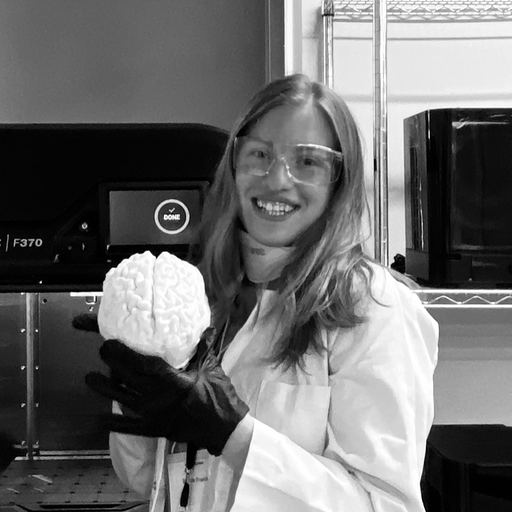Katherine Johnson


Summary
Katherine Johnson
In English:
In May 1961, America successfully completed the first human spaceflight. In 1962, NASA embarked on an orbital flight that change the game in the competition between the United State and Soviet Union space race. In 1969, America achieved the feat of landing the first humans on the moon. None of these accomplishments would have been possible, had it not been for an amazing black woman who made waves and broke records, creating opportunities for America’s many firsts in space. Creola Katherine Johnson (née Coleman) was born in White Sulphur Springs, West Virginia on August 26, 1918. She immediately gravitated towards numbers with the encouragement of her parents, particularly her mother. She skipped many grades and was eventually attending high school at the age of 13. She earned her degree from West Virginia State College and went on to teach at a black public school until the opportunity came for her to be selected as one of the first black students at West Virginia University. Though she didn’t finish, she returned to teaching before making the decision to pursue a position at the National Advisory Committee for Aeronautics (NACA), which later changed their name to NASA.
After phenomenal work on her temporary assignment, Johnson landed a permanent position as a black female ‘computer’, analyzing data and performing trajectory analyses of plane activity. She was then welcomed to the Space Task Group which focused particularly on space travel. It was her analysis that made possible the first human spaceflight with Alan Shepard on the Freedom 7 mission in May of 1961. She computed the mathematics required for a successful orbital spaceflight, detailed in a report which she coauthored with another colleague. Two years later, when America attempted this orbital mission, astronaut John Glenn refused to embark on the mission until Johnson computed by hand the equations that would control his trajectory in the orbit. The successes of this mission and subsequent others paved the way for America’s progression in space travel, including Apollo 11’s successful spaceflight in 1969 to land humans on the moon for the first time. After 33 years in the Langley laboratory at NASA, Johnson retired at the age of 68. Among other accomplishments, Johnson was awarded America’s highest civilian honor, the Presidential Medal of Freedom, by President Barrack Obama in 2015. In May of 2016, the Katherine G. Johnson Computational Research Facility was built and dedicated by the NASA Langley Center in honor of her trailblazing advancements of the nation’s space programs. A motion picture titled Hidden Figures debuted in 2016, detailing Johnson’s and her two math colleagues’ journey to becoming the brains behind the launch of John Glenn into orbit. On February 24, 2020 Katherine Johnson passed away at the age of 101. She is survived by two of her daughters, Joylette and Katherine Goble, and leaves a legacy behind that still continues to impact the aerospace and aeronautics industry today.
References:
Gillard, Eric. “NASA Langley’s Katherine Johnson Computational Research Facility Opens.”NASA, NASA, 23 Sept. 2017, www.nasa.gov/feature/langley/nasa-langley-s-katherine-johnson-computational-research-facility-officially-opens. Loff, Sarah. “Katherine Johnson Biography.”NASA, NASA, 22 Nov. 2016, www.nasa.gov/content/katherine-johnson-biography. Stauss, Joanna, and How It Works. “Katherine Johnson: Pioneering NASA Mathematician.” Space.com, Space, 27 Feb. 2020, www.space.com/katherine-johnson.html.
En Espanol:
En mayo de 1961, Estados Unidos realizó con éxito el primer vuelo espacial tripulado. En1962, la NASA se embarcó en un vuelo orbital que cambió las reglas del juego en la carreraespacial entre Estados Unidos y la Unión Soviética. En 1969, Estados Unidos logró la hazaña dehacer aterrizar a los primeros seres humanos en la luna. Ninguno de estos logros habría sidoposible de no haber sido por una increíble mujer negra que causó sensación y batió récords,creando oportunidades para las numerosas primicias de Estados Unidos en el espacio. CreolaKatherine Johnson (de soltera Coleman) nació en White Sulphur Springs, Virginia Occidental, el26 de agosto de 1918. Enseguida se inclinó por los números, animada por sus padres,especialmente por su madre. Se saltó muchos cursos y acabó asistiendo a la escuela secundaria ala edad de 13 años. Se licenció en el West Virginia State College y pasó a dar clases en unaescuela pública para negros hasta que le llegó la oportunidad de ser seleccionada como una de lasprimeras estudiantes negras de la Universidad de Virginia Occidental. Aunque no terminó, volvióa dar clases antes de tomar la decisión de buscar un puesto en el Comité Consultivo Nacional deAeronáutica (NACA), que más tarde cambió su nombre por el de NASA.
Después de un trabajo fenomenal en su puesto temporal, Johnson consiguió un puestopermanente como “computadora” negra, analizando datos y realizando análisis de trayectorias dela actividad de los aviones. A continuación, fue acogida en el Grupo de Trabajo Espacial, que secentró especialmente en los viajes espaciales. Su análisis hizo posible el primer vuelo espacialhumano con Alan Shepard en la misión Freedom 7 en mayo de 1961. Calculó las matemáticasnecesarias para el éxito de un vuelo espacial orbital, detalladas en un informe del que fuecoautora con otro colega. Dos años después, cuando Estados Unidos intentó esta misión orbital,el astronauta John Glenn se negó a embarcarse en la misión hasta que Johnson calculara a mano las ecuaciones que controlarían su trayectoria en la órbita. Los éxitos de esta misión y de otrasposteriores allanaron el camino para la progresión de Estados Unidos en los viajes espaciales,incluido el exitoso vuelo espacial del Apolo 11 en 1969 para hacer aterrizar seres humanos en laLuna por primera vez.
Tras 33 años en el laboratorio Langley de la NASA, Johnson se jubiló a los 68 años. Entreotros logros, Johnson fue galardonado con el más alto honor civil de Estados Unidos, la MedallaPresidencial de la Libertad, por el presidente Barrack Obama en 2015. En mayo de 2016, elCentro de Investigación Computacional Katherine G. Johnson fue construido y dedicado por elCentro Langley de la NASA en honor a sus avances pioneros en los programas espaciales de lanación. En 2016 se estrenó una película titulada Figuras ocultas, en la que se detalla el viaje deJohnson y sus dos colegas matemáticos hasta convertirse en los cerebros del lanzamiento enórbita de John Glenn. El 24 de febrero de 2020, Katherine Johnson falleció a la edad de 101 años.Le sobreviven dos de sus hijas, Joylette y Katherine Goble, y deja un legado que aún hoy sigueimpactando en la industria aeroespacial y aeronáutica.
Referencias:
Gillard, Eric. “NASA Langley’s Katherine Johnson Computational Research Facility Opens.”NASA, NASA, 23 Sept. 2017, www.nasa.gov/feature/langley/nasa-langley-s-katherine-johnson-computational-research-facility-officially-opens. Loff, Sarah. “Katherine Johnson Biography.”NASA, NASA, 22 Nov. 2016, www.nasa.gov/content/katherine-johnson-biography. Stauss, Joanna, and How It Works. “Katherine Johnson: Pioneering NASA Mathematician.” Space.com, Space, 27 Feb. 2020, www.space.com/katherine-johnson.html.
Black History Month Image







